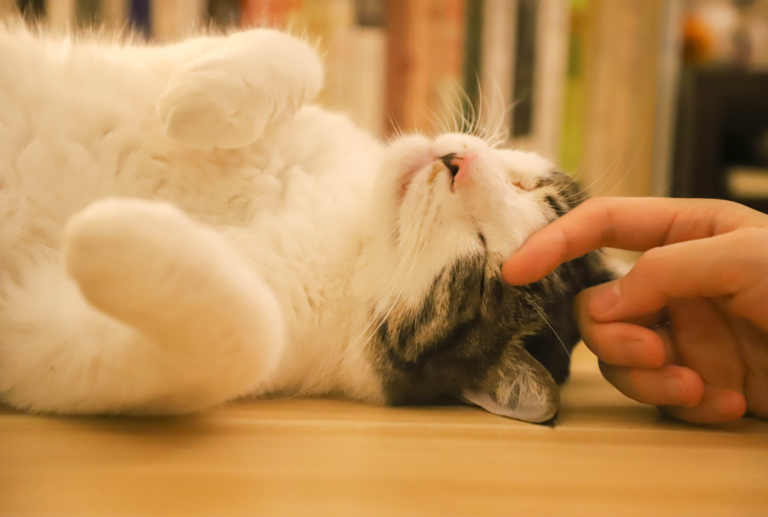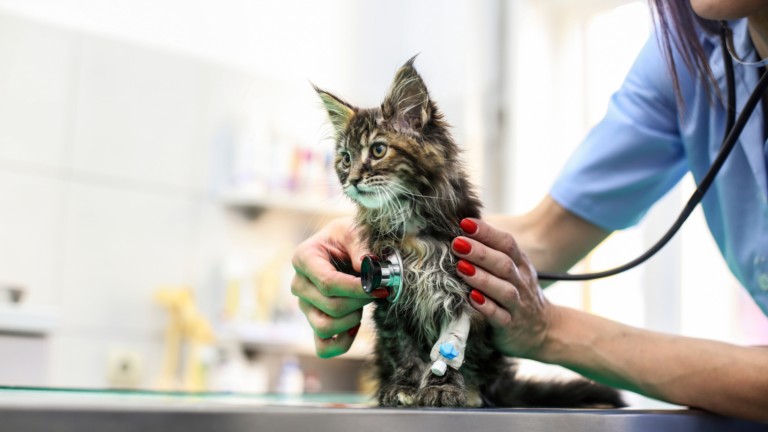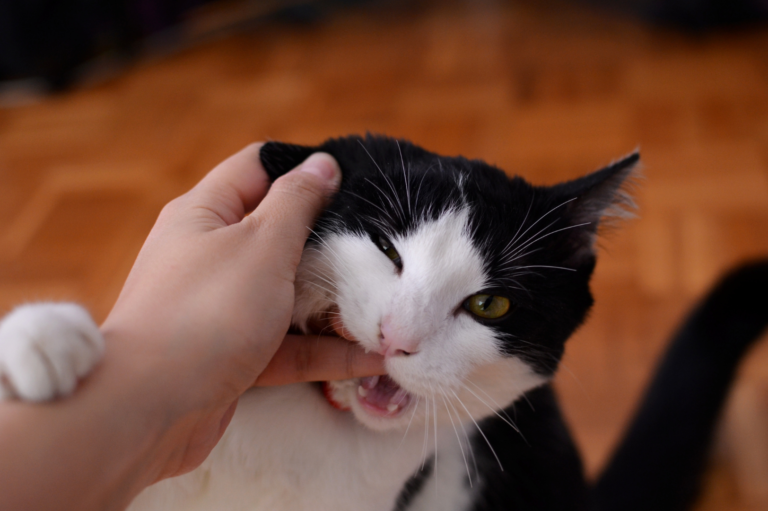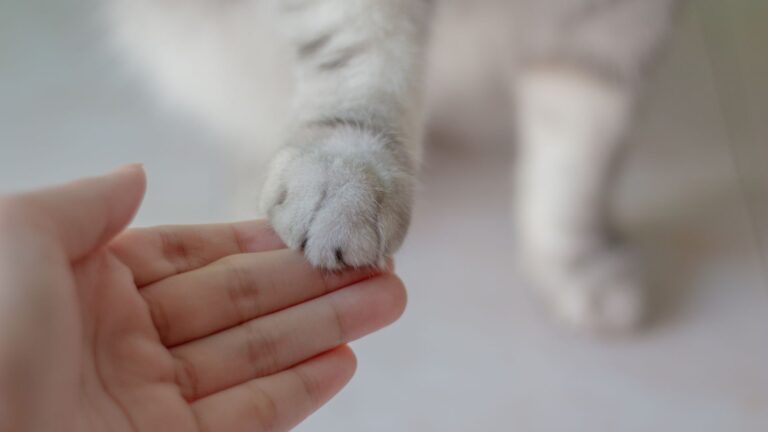A Guide to Emergency Cat Care: Essential Instructions for Cat Owners
As a dedicated cat owner, being prepared to handle emergency situations involving your cat is a crucial responsibility. Whether it’s an unexpected injury, sudden illness, or accident, having the knowledge and tools to provide prompt and effective emergency care can make a significant difference in your cat’s well-being. In this comprehensive guide, we’ll explore vital emergency cat care instructions, equipping you with the essential knowledge and resources to confidently respond to critical situations and safeguard the health of your beloved feline companion.

Preparation is Key
Being prepared for potential emergencies is the cornerstone of effective emergency cat care. Here are some important preparations that every cat owner should consider:
Emergency Kit: Assemble an emergency kit specifically for your cat. This kit should include items such as gauze pads, bandages, hydrogen peroxide, a pet first aid guide, a digital rectal thermometer, and contact information for your veterinarian and the nearest 24-hour animal hospital.
Identification: Ensure that your cat wears a collar with an up-to-date ID tag, including your contact information. Additionally, consider having your cat microchipped for permanent identification in case they become lost during an emergency.
Emergency Contacts: Keep a list of emergency contacts, including your veterinarian’s phone number, the number for the nearest 24-hour animal hospital, and the ASPCA Animal Poison Control Center for quick access in case of an emergency.
Common Emergency Situations and Care Instructions
Understanding how to respond to common emergency situations is vital for providing immediate care to your cat. Here’s a guide to addressing some of the most prevalent emergencies that may arise:
Trauma and Injuries
Care Instructions: If your cat experiences trauma or sustains an injury, approach them calmly and carefully. Assess the situation, and if it’s safe to do so, gently move the cat to a quiet and secure area. Check for signs of bleeding, fractures, or other injuries, and apply pressure to any bleeding wounds using a clean cloth or gauze. Transport your cat to the nearest veterinary clinic or animal hospital for immediate medical attention.
Choking
Care Instructions: If your cat is choking, carefully open their mouth and check for any obstructing objects. If you can see and safely remove the object, do so with caution. However, if the object is not visible or easily accessible, seek immediate veterinary assistance. Perform the Heimlich maneuver for cats by applying firm pressure to the abdomen just below the ribcage to help dislodge the obstruction.
Breathing Difficulties
Care Instructions: Cats experiencing breathing difficulties may exhibit open-mouth breathing, wheezing, or labored breaths. Keep your cat calm and minimize stress while seeking immediate veterinary care. If necessary, administer rescue breathing by gently closing your cat’s mouth and breathing into their nostrils while monitoring their chest for movement.
Poisoning
Care Instructions: If you suspect that your cat has ingested a toxic substance, contact the ASPCA Animal Poison Control Center or your veterinarian immediately. Provide them with details about the suspected toxin and follow their instructions. Do not attempt to induce vomiting in your cat unless specifically directed to do so by a veterinary professional.
Seizures
Care Instructions: Care Instructions: During a seizure, it’s essential to create a safe and quiet environment for your cat. Keep them away from potential hazards and refrain from touching or restraining them during the seizure. Time the duration of the seizure and contact your veterinarian as soon as possible for guidance and further instructions.
Heatstroke
Care Instructions: Signs of heatstroke in cats include excessive panting, drooling, lethargy, and unsteadiness. If you suspect heatstroke, move your cat to a cool and shaded area, apply cool, wet towels to their body, and seek immediate veterinary care. Avoid using ice-cold water, as this can lead to further complications.
Eye Injuries
Care Instructions: If your cat experiences an eye injury, avoid touching or attempting to treat the eye directly. Protect the affected eye with a clean and soft cloth or gauze, and transport your cat to the veterinarian for prompt evaluation and treatment.
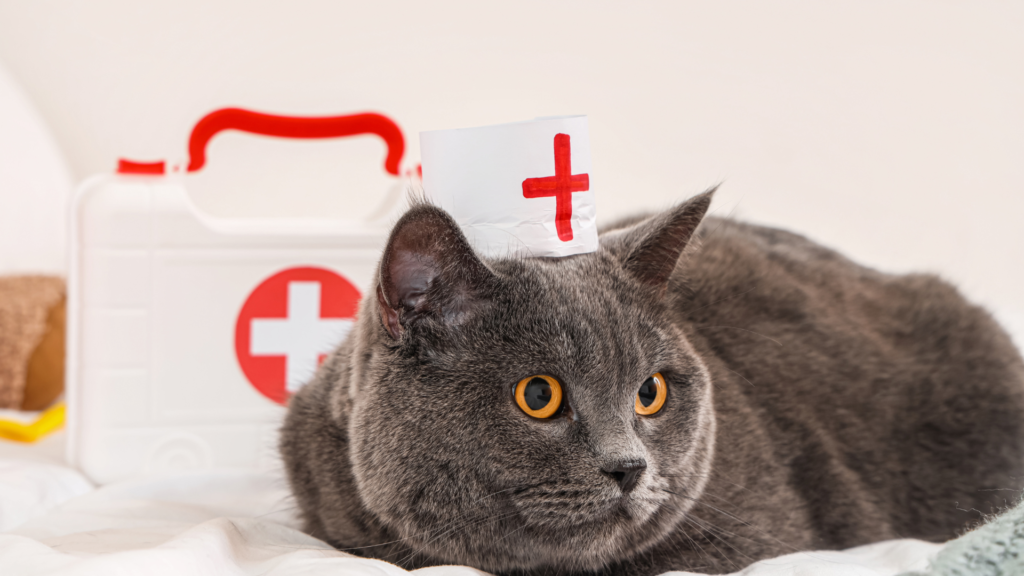
Administering First Aid
Understanding how to administer basic first aid to your cat in emergency situations can be life-saving. Here are some critical first aid techniques for common emergencies:
Wound Care: Clean wounds with mild soap and water, and apply gentle pressure to control bleeding. Avoid using human medications or ointments unless specifically instructed by a veterinarian.
Fractures: If you suspect a fracture, stabilize the affected limb using a splint or bandage and transport your cat to the veterinarian immediately.
Burns: For minor burns, gently cool the affected area with water and cover it with a clean, non-adhesive bandage. Seek veterinary care for more severe burns.
Ingestion of Foreign Objects: If you suspect that your cat has ingested a foreign object, do not attempt to induce vomiting. Contact your veterinarian for guidance and immediate medical attention.
Bleeding: Apply direct pressure to any bleeding wounds using a clean cloth or gauze. Elevate the affected area if possible, and seek veterinary care promptly.
Hypothermia: If your cat is experiencing hypothermia, gently warm them using blankets, a heating pad set on low, or warm water bottles wrapped in towels. Avoid using direct heat and seek veterinary care as soon as possible.
Transporting Your Cat Safely
In the event of an emergency, it’s essential to transport your cat to the veterinary clinic or animal hospital safely and securely. Here are some tips for transporting your cat during an emergency:
- Use a secure and well-ventilated carrier to transport your cat.
- Keep the carrier covered with a blanket or towel to provide a sense of security and minimize stress.
- Minimize loud noises and sudden movements during transport to keep your cat calm.
- If possible, have a family member or friend drive while you comfort your cat during the journey.
Remaining Calm and Focused
During an emergency, it’s natural to feel panicked or overwhelmed. However, remaining calm and focused is crucial for providing effective care to your cat. Here are some tips for staying composed during an emergency:
- Take deep breaths and focus on the immediate steps that need to be taken.
- Avoid making sudden movements or loud noises that may further stress your cat.
- Communicate calmly and reassuringly with your cat to provide comfort and reassurance.
Being prepared to handle emergency situations involving your cat can make a significant difference in their well-being and recovery. By understanding common emergency scenarios, administering first aid when necessary, and seeking prompt veterinary care, you can play a crucial role in ensuring the health and safety of your feline companion during critical situations. With the knowledge and resources provided in this guide, you are better equipped to handle emergencies with confidence and competence, ultimately contributing to the well-being and longevity of your beloved cat.


